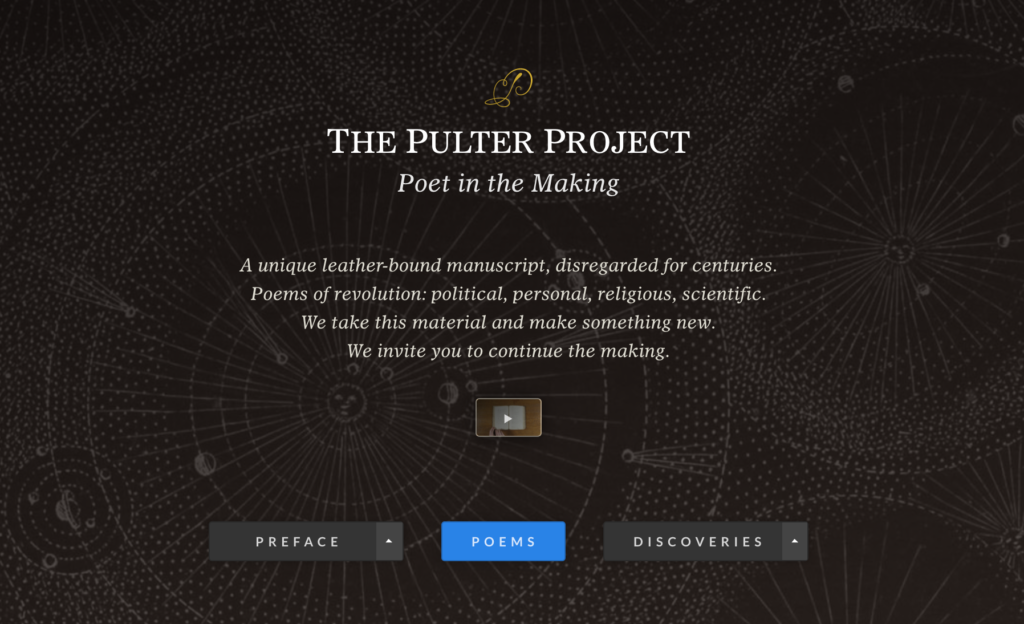Artistic engagements with archives have inspired and informed my final project. The notion of speculative work as described by Kazanjian in “Scenes of Speculation” is directly related to artistic practice. In the article, the example of the letter written by a formerly enslaved black American settler in Liberia in 1858 shapes and questions our understanding of freedom – to recover the past and to look toward the future. Freedom is not objective, rather, it unfolds, changes, and is open-ended.
Odumosu’s example of the photograph of the Afro-Caribbean crying child in “The Crying Child: On Colonial Archives, Digitization, and Ethics of Care in the Cultural Commons” is another scene of speculation which has the potential to unearth representations of colonization. Odumosu asks “how can we extend concepts of caretaking and custodianship beyond institutions toward reparative strategies proposed by artists, activists, and other agents of change?” The image of the crying child has been found alongside other photographs in albums of Dutch families of the Caribbean in the early 20th century. Different meanings arise depending on the other photographs surrounding the child, one album shows Caribbean people dressed in their Sunday best, another album shows the crying child alongside a posed and confident “nice girl”. In this case, the acts of curation and cutting/pasting (as in a collage or photomontage technique) reflect similar artistic practices done by artists. Artist La Vaughn Belle’s intervention of placing her own family photos beside photographs of the Danish West Indies from the Royal Danish Library collection (including the crying child) become a reformative act, a way of building community, and connecting her family to history, “The narratives embedded in the images become collapsed, converted, contested and re-imagined in the simple gesture of juxtaposition and/or adding captions to the images.” Belle has created her own type of archive, one that has more meaning than viewing digital material from the library collection on its own.
I recently visited a small exhibition at the Met, “Pictures, Revisited”. On view was Lorna Simpson’s 9 Props. In it, Simpson recontextualizes portraits taken by photographer James Van Der Zee who took pioneering portraits in Harlem in the early 20th century. Instead of portraits of people, Simpson fabricated the objects in Van Der Zee’s portraits, photographed them as the subjects and included descriptive captions describing Van Der Zee original portrait and the object’s place in it. Through this work, Simpson critiques what can’t be seen in either photograph – issues of class, race, and culture. This work depends on, and even demands, the viewer’s engagement to imagine new narratives. Although she doesn’t refer to it as an archive, I consider Simpson’s 9 Props to be a type of archive – gathering, re-making and re-assembling historical images.
Following these examples, my final project attempts to recreate these artistic practices and translate them to a digital stage. Considering archives can take many forms and have different aims, there is room for experimentation in how we build archives for particular audiences. Perhaps, instead of the main consideration being which platform to choose (Omeka vs. WordPress, for example), we can also contemplate how the viewer interacts with the archive, ways of engaging the viewer, how to use emotion as part of the archival experience, and how the physical form of the digital archive relates to the content itself.



